Rebecca: Technically, we could travel anywhere we wanted in Camphor!
Karl: Heh, yeah no..
Rebecca: Huh?
In the three recent posts the word "star" was mentioned 53 times!! Yeah I don't know where I wanted to go with that... Smooth transition failed, BUT what I do wanna talk about is:
Calcifer, the sun/ star, holds a great significance in choosing our destination!!!. Why? Calcifer's sun rays decides the surface temperature of each planet which then allows for liquid water, the Goldilocks Zone.

Karl: Goldilocks and the three bears? The story about the girl who invaded the bears home?
Rebecca: Noooo, I mean Goldilocks zone as in habitable zone.
The Goldilocks zone is based on the statement “not too hot, not too cold, but just right”.
With the spooky season arriving, it's getting colder. What do we all do when it's getting colder? Make fires and grill marshmallow!! But how do you make a perfect marshmallow? If you stick it straight into the fire it is too hot and your sweet candy turns black as the devil. If you hold it far away, it is too cold and the marshmallow remains the same. The best way is to keep it just close enough to lightly toast the outside of the marshmallow, creating the nice brown, golden color. That "close enough" would be just right temperature.
This is exactly how the Goldilocks zone works. Planets far away from the sun are too cold, brr. Planets that are too close are too damn hot.
Karl: LANGUAGE!
Rebecca: Sorry
But then you have the planets that have just the right temperature to live on <3.
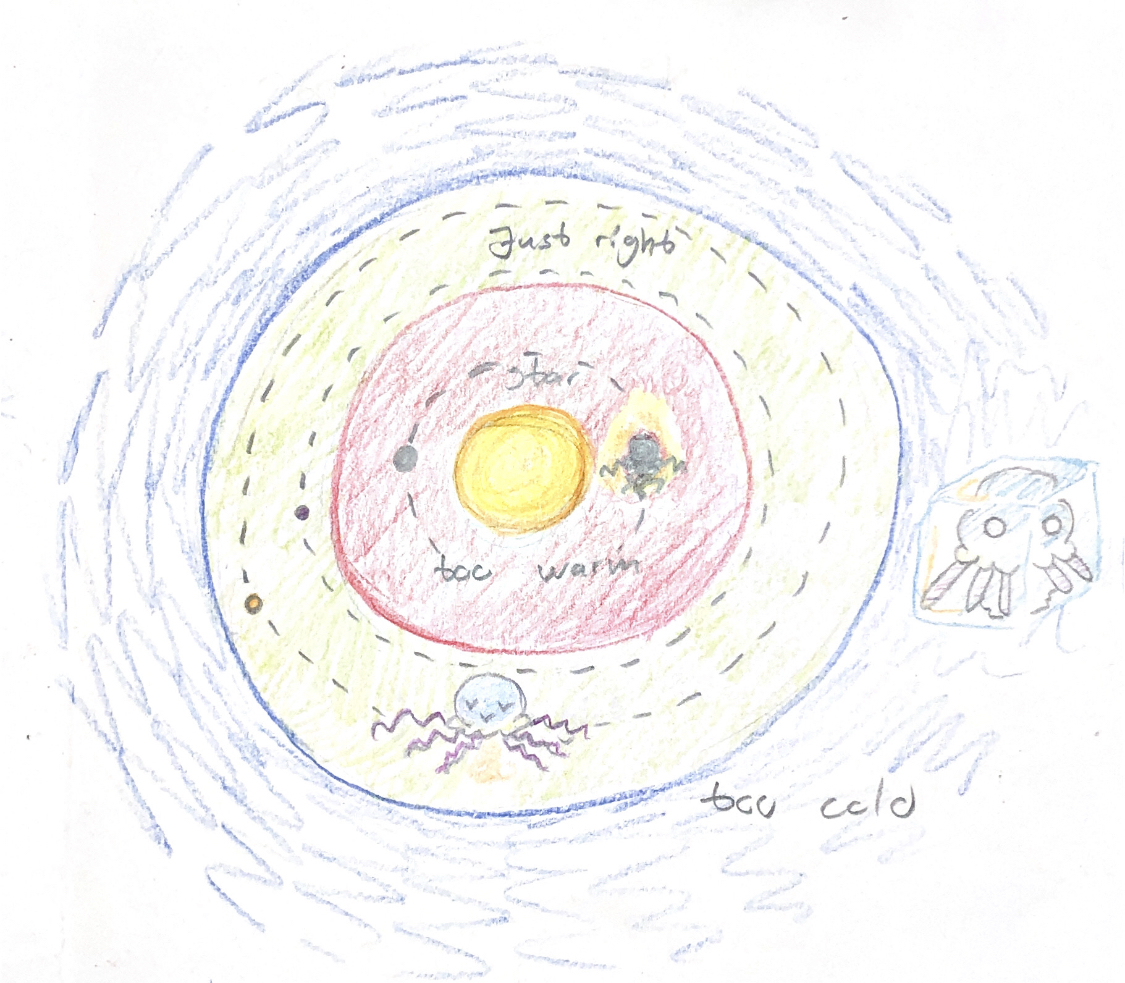
In order to be classified as a habitable zone, the planets
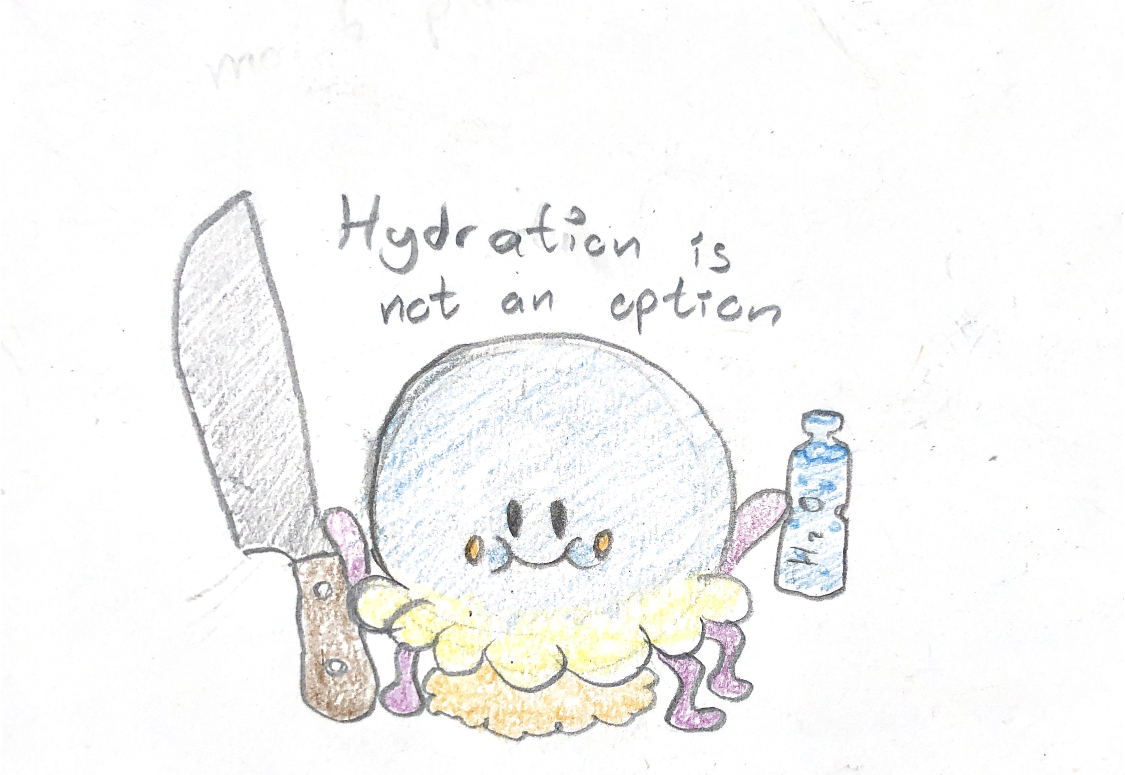
surface temperature has to be within the range of \(260K-390K (\pm \approx15K)\), around \(-13C - 116C \). Between these temperature will water be in its liquid state. This is what we want... like come on we are jelly fishes. I do not want to dry up!
Now, what determines the surface temperature again? CALCIFER!!
He has two very very important personal characteristics: luminosity and flux (Also discussed in "How to spot an interstellar pebble").
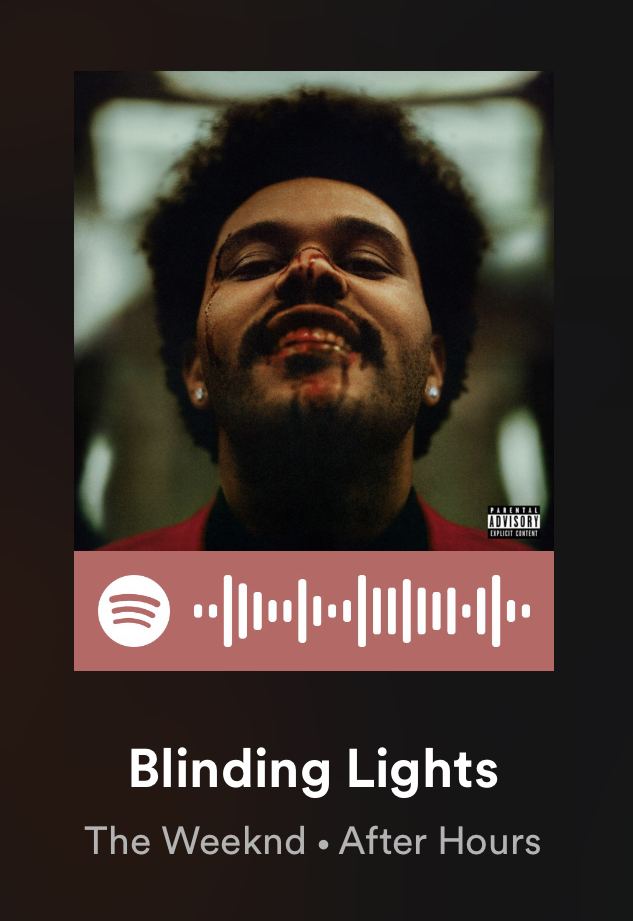
Imagine you have two flashlights. You turn the first one on. Holy shit it's so bright, as The Weeknd said: OoOOoOOoohh I'm blinded by the lights. Turn the first one off and now turn on the other one on. Meh it's bright, but not as blinding. That is because the first one has higher LUMINOSITY. There's more energy emitted from the first flashlight compared to the other one.
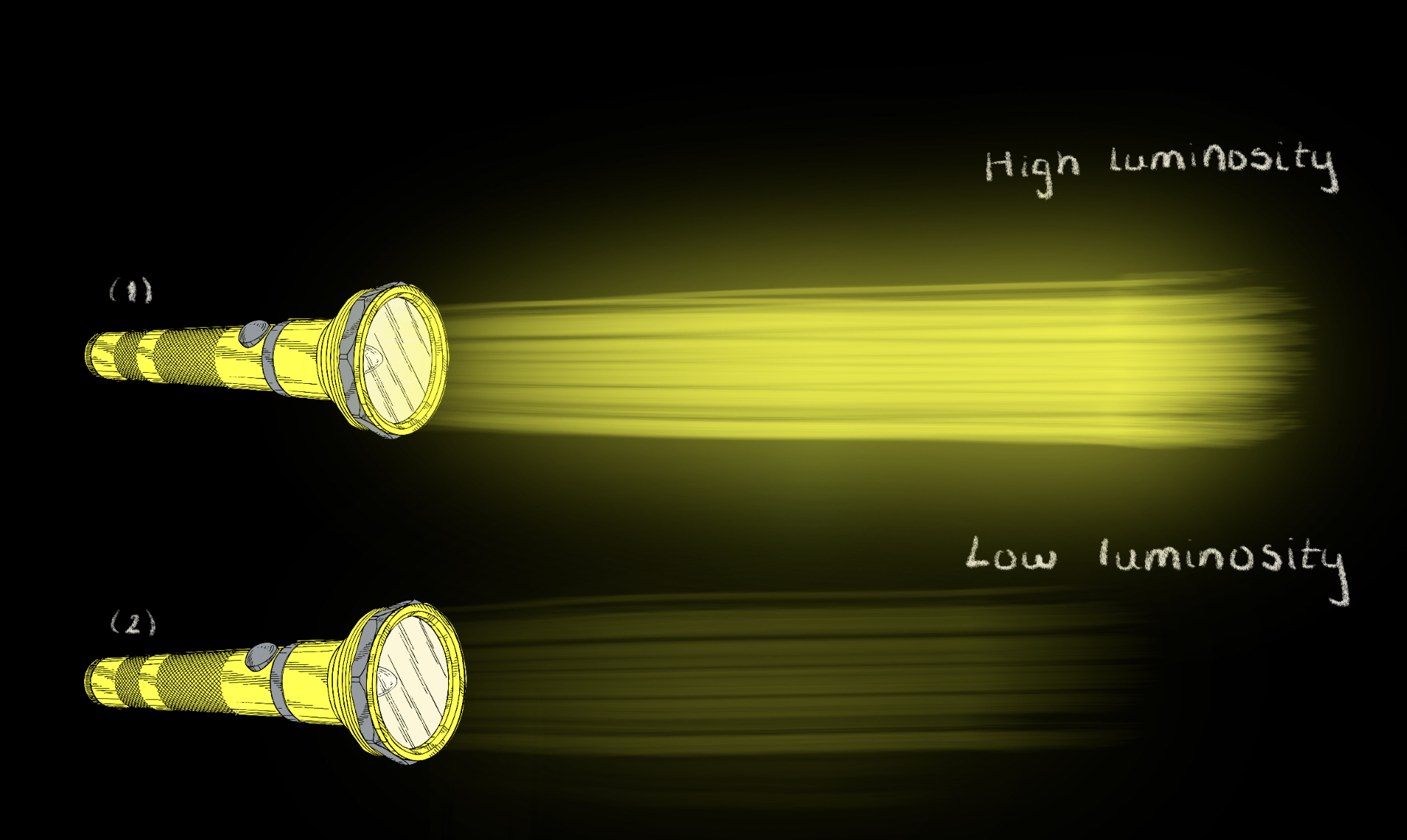
Okey, throw away the second flashlight. It is useless. Take the first flashlight and shine it onto a button. Wow, so bright. The button is almost illuminating. Now shine the light onto a wall. Hmm... the wall is not illuminated? Aha, you've discovered FLUX. Since the wall has a much bigger area than the button the light has to be more distributed, making the light seem not as blinding.
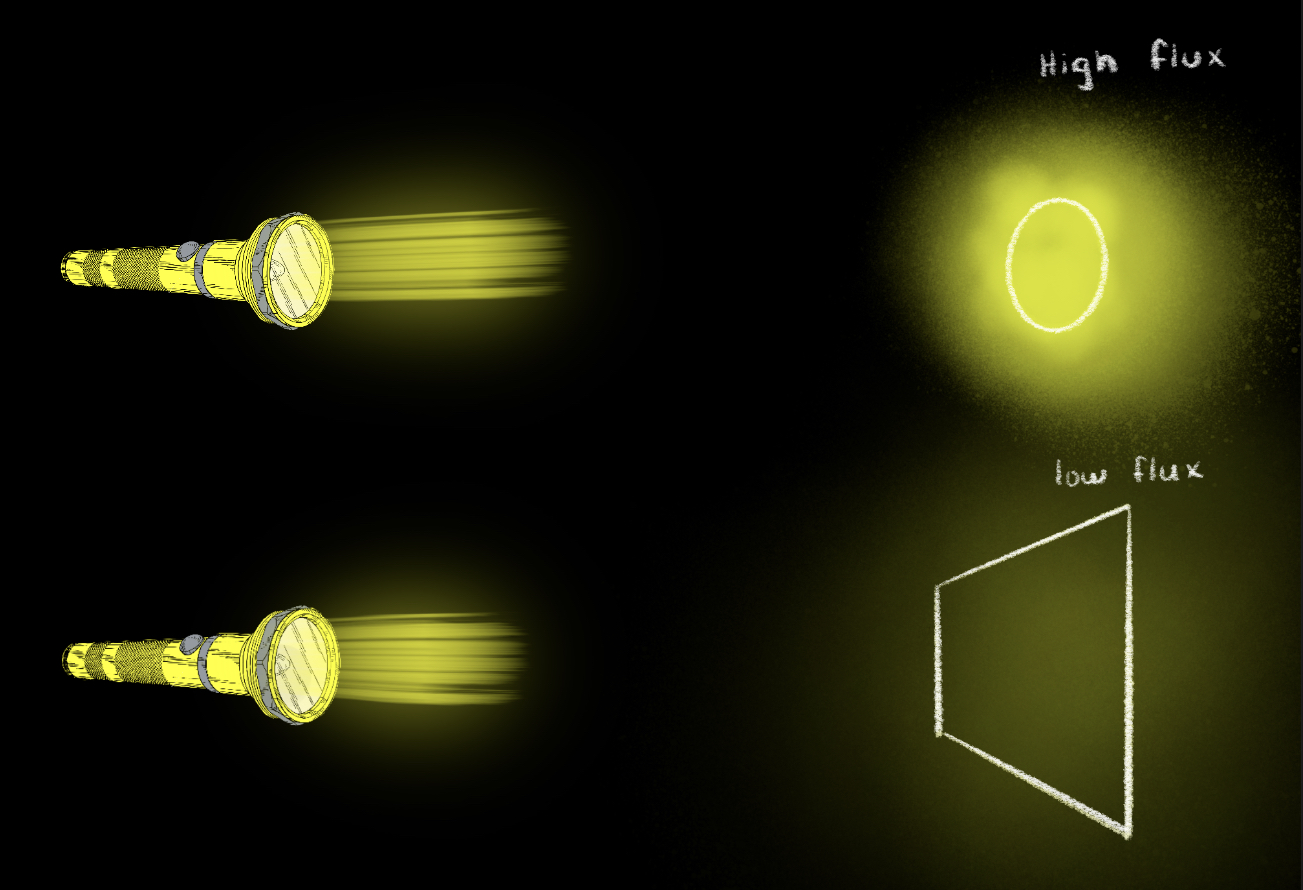
The meaning of flux can be divided into two words: emitted flux and received. To demonstrate this I need help from Josef Stefan and Ludwig Boltzmann.
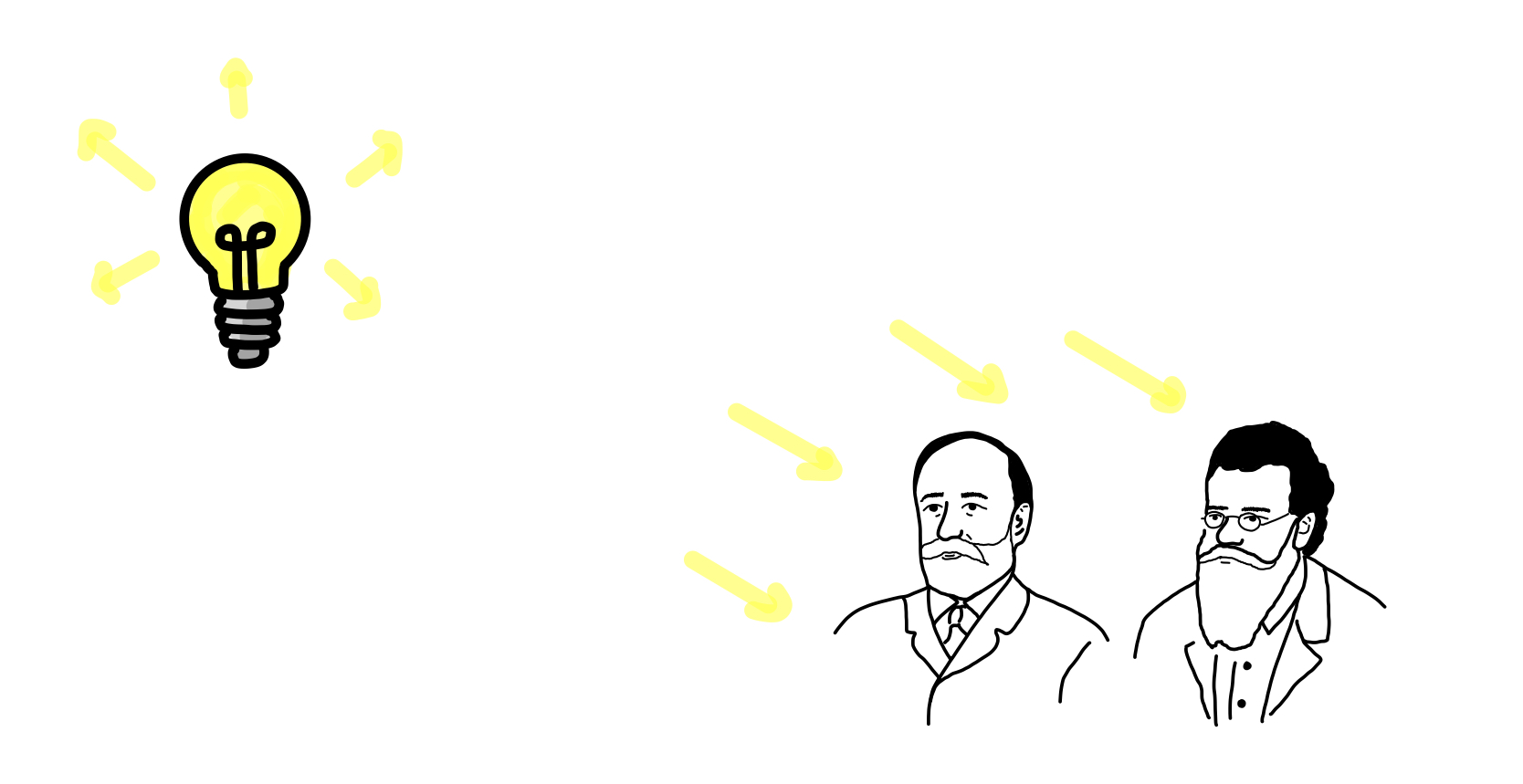
Calcifer: Don't forget to assume I'm a stable black body.
Right, that allows us to use the Stefan-Boltzmann law (Yes, the guys that just helped us!!) for flux of a black body, \(F = \sigma T^4\). Now we are able to calculate the luminosity of a black body and find an expression of the flux emitted from Calcifer onto a planet i Camphor.
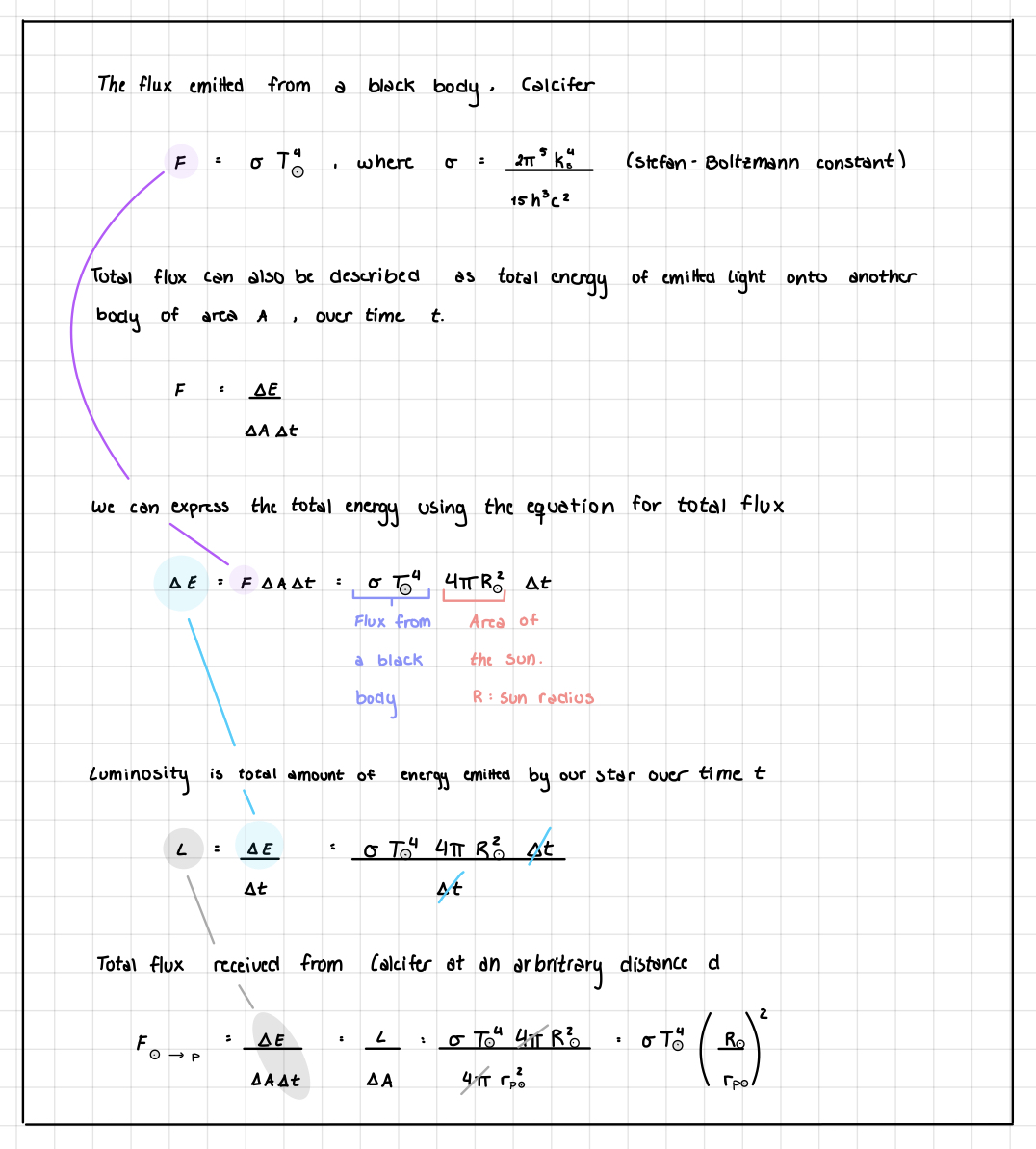
\(M_{\odot} = \text{star mass}, M_p =\text{planet mass}, T_{\odot} = \text{star temperature}, T_P= \text{temperature planet}\)
\(R_{\odot} = \text{star radius}, R_{p\odot} = \text{distance between star and planet}\)
As for distance between star and planet, we decided to use the planets initial position in relation to Calcifer in the origin. This decision made calculations easier and more compact.
(There are other options. For example, we could have measure the average distance by measuring the distance around the orbit over a time dt. Since our orbits aren't perfectly circular the distances would vary. This could lead to a higher precision.)
Karl: We forgot something...
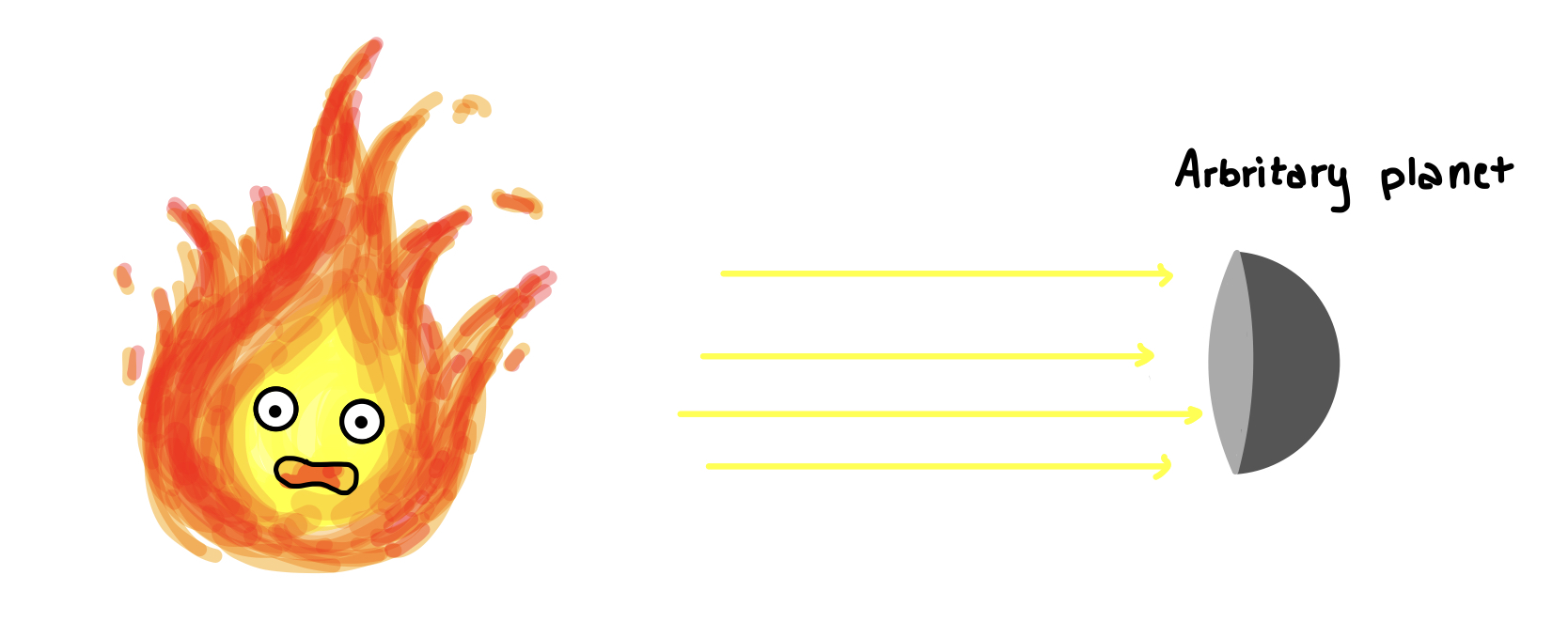
The sun rays will only hit one side of the planet and not distribute itself evenly over the surface!! Meaning it will hit an area of \(\pi r_p^2\). Hmm... let's modify calculations and hopefully find an expression for surface temperature of the planet.
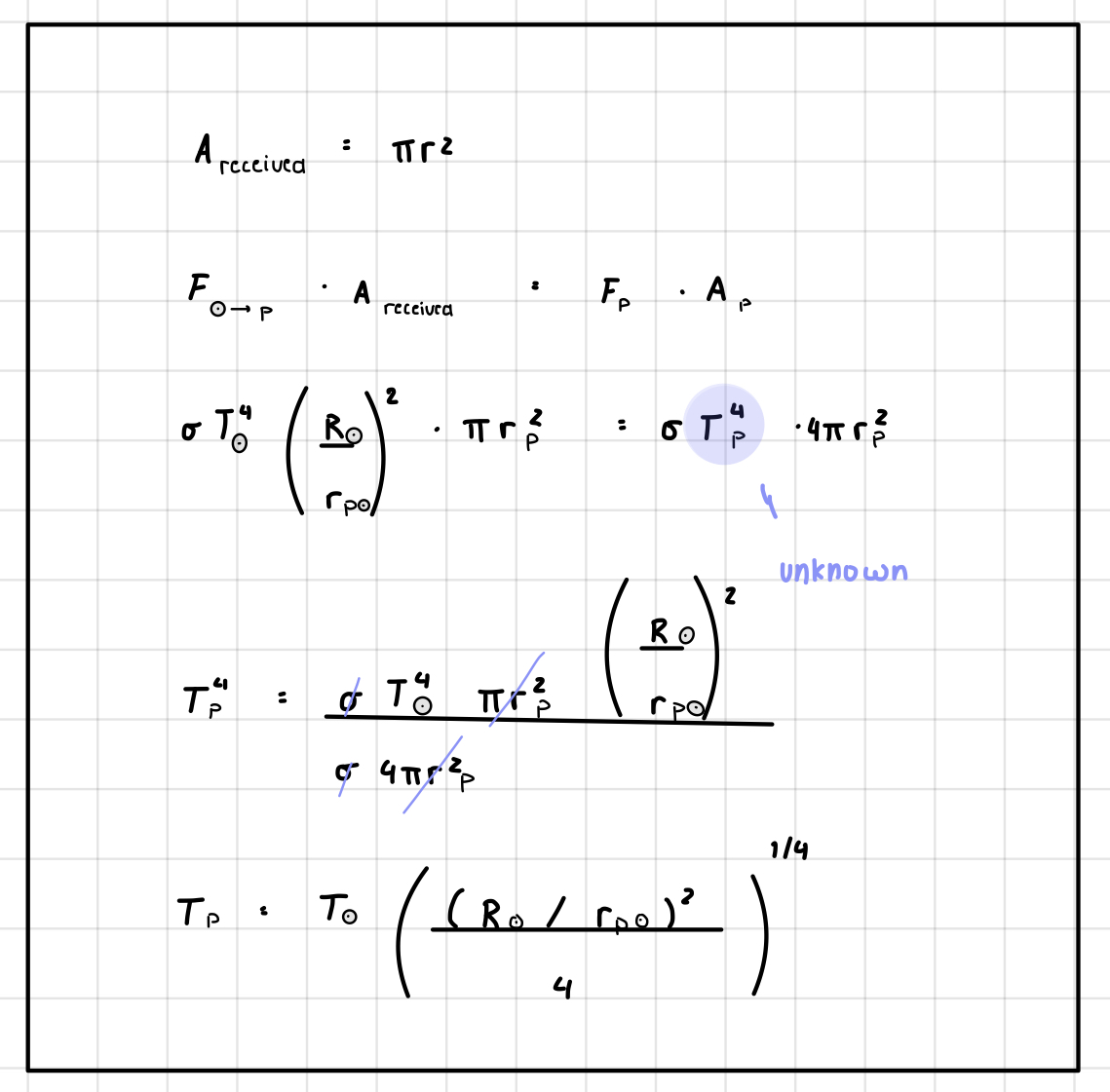
This looks about right, we should test it to be sure by programming this.
| Planet | Temperature in kelvin | Temperature in celsius |
|---|---|---|
| 0 | 341.702 | 89.702 |
| 1 | 294.976 | 42.976 |
| 2 | 176.812 | -75.188 |
| 3 | 114.938 | -137.062 |
| 4 | 229.999 | -22.001 |
| 5 | 650.208 | 398.208 |
| 6 | 135.974 | -116.026 |
| 7 | 198.211 | -53.789 |
Figure 3.11: Surface temperature of planets in our solar system. Temperature are color coded red = too hot, blue = too cold and green = just right
Our temperature model seems to give reasonable answers. Chichiyaku is planet number 0. It has a surface temperature of 89 degrees celcius, meaning water is in its liquid state. The only other planet with living conditions is planet number 1, Bidd. Which honestly... is quite a rocky planet.
Okey, let's look at other options. Planet number 4 is just slightly out of the temperature range, but it does look nice and watery.
As far as choosing a new destination, we have a dilemma: number 1 and number 4. Both are rock planets which benefits us. Travelling to gas giants creates a serious number of complications such as high velocity dust storm, little visibility, heavy gravity, thick atmosphere and difficult to record videos.
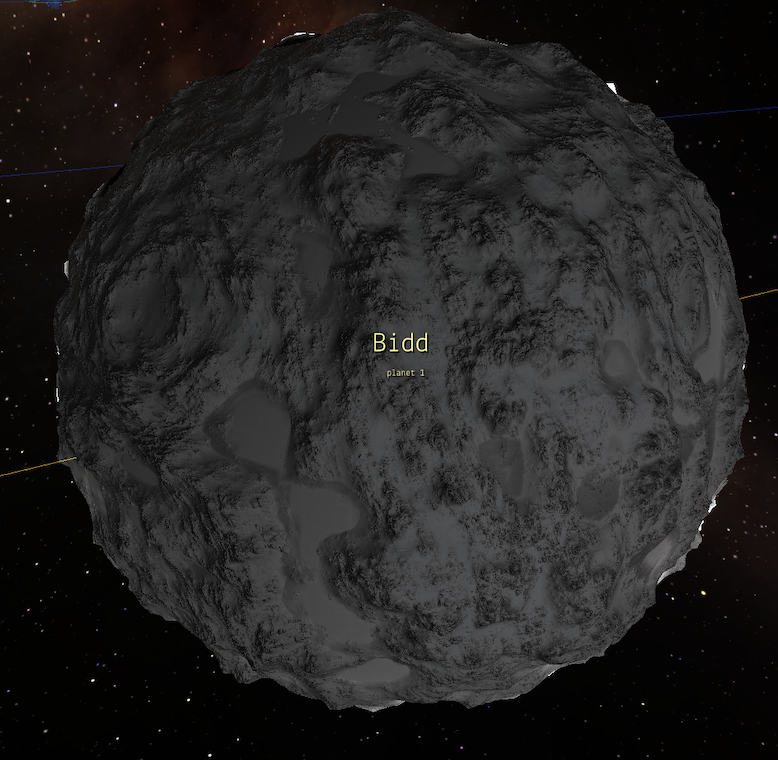
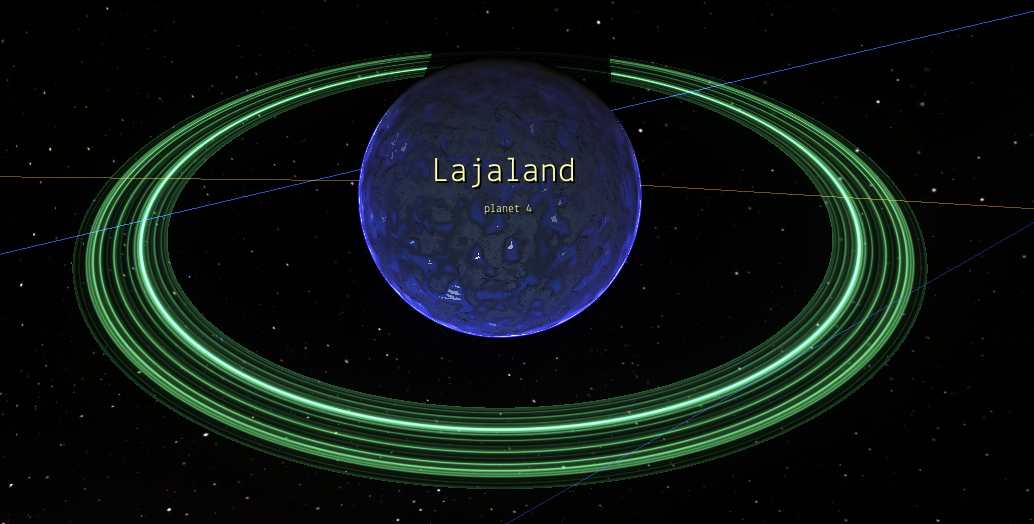
POP QUIZ OF THE DAY:
Which planet do YOU think we will escape to??
1: Lecture notes 1D [page 9]
